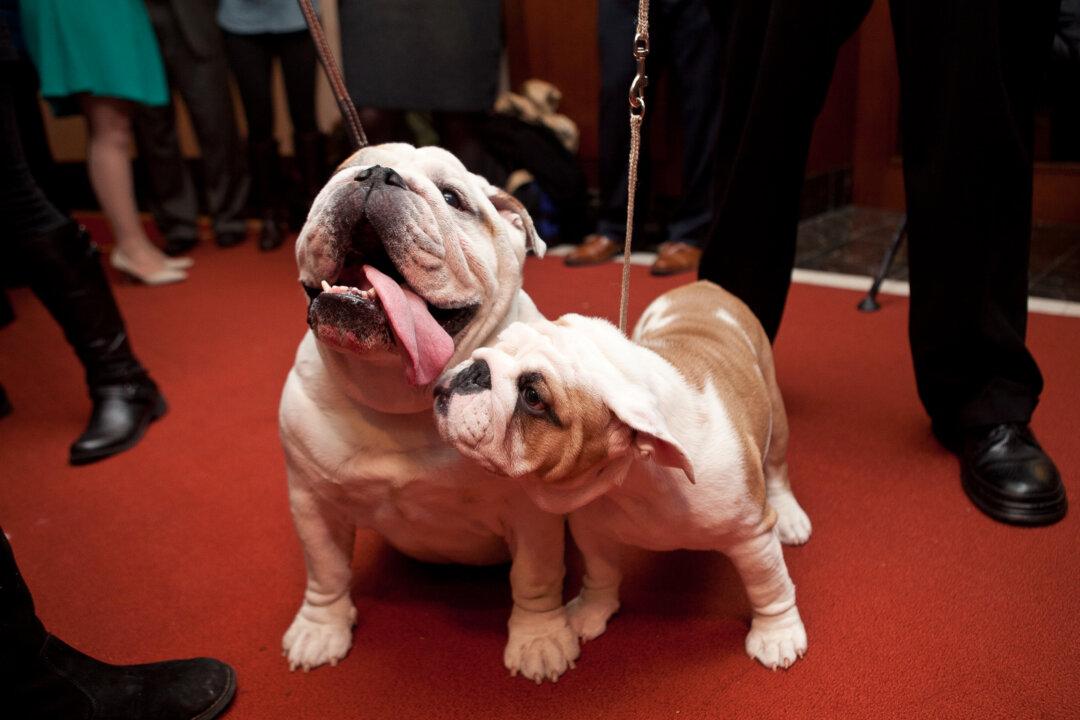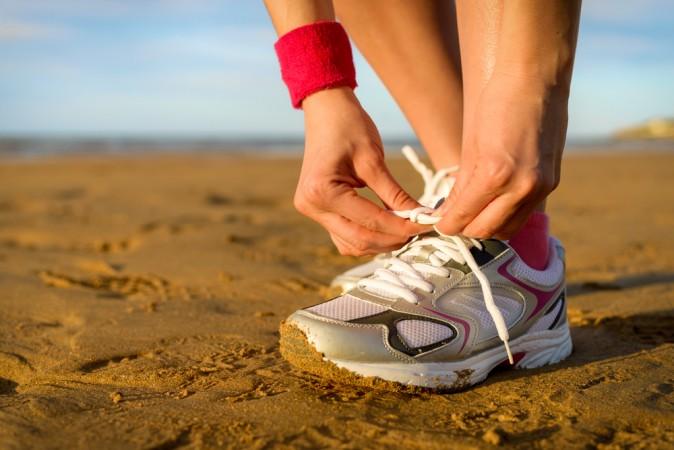It’s no secret that the writers at eco18 are a group of dog lovers, but we also are big fans of minimizing our impact on the environment, and that means watching how we take care of our four-legged friends.
Dogs are a lot of work and responsibility. They need tons of love and attention and a lot of food.
The large amount of food that dogs eat and the cost it takes to transport large bags of dog food cross-country cause some environmentalists to claim that owning a dog is worse for the environment than owning an SUV. So, just like there are ways that we humans can be greener, we can adapt similar concepts to help reduce our dogs’ carbon paw prints. Here are a few tips to get you started, and remember, a little goes a long way:
1. All-Natural Food
Buy all-natural, locally produced dog food or make your own. Dog food available on the mass market is made with poor-quality ingredients that aren’t good for pups, and they cost a lot of money to ship.
Choosing to buy natural and organic food that doesn’t contain added hormones or chemicals is better for dogs and the environment. There is a selection of all-natural pet food brands that your dogs will love.
Another option is to cook your own dog food and work with your veterinarian to identify the best diet for your dog. There are a number of websites that offer simple recipes that pups will love and will better nurture them.
2. Biodegradable Bags
Dispose of dog waste properly. Did you know that the 78 million dogs in the United States create an estimated 10 million tons of waste each year? This can have a major effect on the eco-system if not cleaned up.
Now think of all the plastic bags used to pick up all that waste just sitting in the landfills. Be a good neighbor and pick up after your dog using a biodegradable bag. There are a variety of them. Look for ones that are both biodegradable and compostable.
3. Eco-Friendly Goods
Buy eco-friendly products for your dog. You buy eco-friendly products for yourself. You can do the same with your four-legged friend.
There are so many pet products on the market that are eco-friendly, including toys, collars, pet beds, and the list goes on. Look for products that are durable and will last longer, so you won’t have to replace them as often.
If you’re crafty, you can always create your own dog accessories using recycled materials you have lying around. If not, the website Etsy.com offers affordable, handmade dog apparel and accessories.
4. Non-Toxic Repellents
Use non-toxic tick and flea repellents. Many repellents contain toxic chemicals that could be poisonous to dogs and harmful to their owners.
Your best option to protect pets from pesky fleas and ticks is to look for non-toxic and pesticide-free repellants. Read labels carefully before applying any new repellants to your dogs, and if you don’t know what something is, consult with your veterinarian.
Always follow directions carefully and monitor for any side effects. To avoid flea and ticks altogether, brush your dog often and check for fleas and ticks regularly.
5. Shelter Adoption
Adopt a dog from a local shelter. Instead of going to a breeder, check out your local animal shelter first—there are plenty of dogs that need good homes.
Websites like PetFinder.com are great resources to help connect you with local shelters to find your perfect pup. Once you do get a dog, make sure to spay or neuter it. More dogs running around means more food and toys to buy and more waste to clean up.
Eco18 is a collective of creative-writing individuals from different backgrounds with a common goal—to live a healthier, more natural lifestyle. Their combined expertise, humor, and opinions explore green and sustainable in a practical, fun way. www.eco18.com





